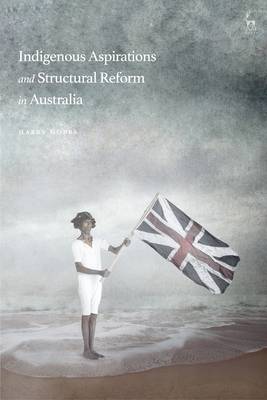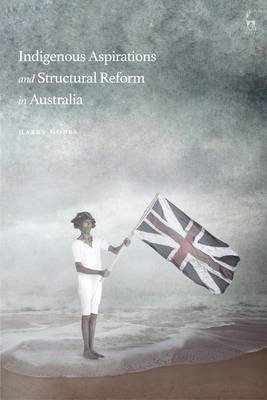
Je cadeautjes zeker op tijd in huis hebben voor de feestdagen? Kom langs in onze winkels en vind het perfecte geschenk!
- Afhalen na 1 uur in een winkel met voorraad
- Gratis thuislevering in België vanaf € 30
- Ruim aanbod met 7 miljoen producten
Je cadeautjes zeker op tijd in huis hebben voor de feestdagen? Kom langs in onze winkels en vind het perfecte geschenk!
- Afhalen na 1 uur in een winkel met voorraad
- Gratis thuislevering in België vanaf € 30
- Ruim aanbod met 7 miljoen producten
Zoeken
€ 79,95
+ 159 punten
Omschrijving
Can the Australian state be restructured to empower Aboriginal and Torres Strait Islander peoples and ensure that their distinct voices are heard in the processes of government? This book provides an answer to that question for Australia and provides guidance for all states that claim jurisdiction and authority over the traditional lands of Indigenous peoples.
By engaging directly with Indigenous peoples' nuanced and complex aspirations, this book presents a viable model for structural reform. It does so by adopting a distinctive and innovative approach: drawing on Indigenous scholarship globally it presents a coherent and compelling account of Indigenous peoples' political aspirations through the concept of sovereignty.
It then articulates those themes into a set of criteria legible to Australia's system of governance. This original perspective produces a culturally informed metric to assess institutional mechanisms and processes designed to empower Indigenous peoples.
Reflecting the Uluru Statement from the Heart's call for a First Nations Voice, the book applies the criteria to one specific institutional mechanism - Indigenous representative bodies. It analyses in detail the Aboriginal and Torres Strait Islander Commission and the Swedish Sámi Parliament, a representative body for the Indigenous people of Sweden. In examining the Sámi Parliament the book draws on a rich source of primary and secondary untranslated Swedish-language sources, resulting in the most comprehensive English language exploration of this unique institution.
Highlighting the opportunities and challenges of Indigenous representative bodies, the book concludes by presenting a novel and informed model for structural reform in Australia that meets Indigenous aspirations.
By engaging directly with Indigenous peoples' nuanced and complex aspirations, this book presents a viable model for structural reform. It does so by adopting a distinctive and innovative approach: drawing on Indigenous scholarship globally it presents a coherent and compelling account of Indigenous peoples' political aspirations through the concept of sovereignty.
It then articulates those themes into a set of criteria legible to Australia's system of governance. This original perspective produces a culturally informed metric to assess institutional mechanisms and processes designed to empower Indigenous peoples.
Reflecting the Uluru Statement from the Heart's call for a First Nations Voice, the book applies the criteria to one specific institutional mechanism - Indigenous representative bodies. It analyses in detail the Aboriginal and Torres Strait Islander Commission and the Swedish Sámi Parliament, a representative body for the Indigenous people of Sweden. In examining the Sámi Parliament the book draws on a rich source of primary and secondary untranslated Swedish-language sources, resulting in the most comprehensive English language exploration of this unique institution.
Highlighting the opportunities and challenges of Indigenous representative bodies, the book concludes by presenting a novel and informed model for structural reform in Australia that meets Indigenous aspirations.
Specificaties
Betrokkenen
- Auteur(s):
- Uitgeverij:
Inhoud
- Aantal bladzijden:
- 240
- Taal:
- Engels
Eigenschappen
- Productcode (EAN):
- 9781509944040
- Verschijningsdatum:
- 11/08/2022
- Uitvoering:
- Paperback
- Formaat:
- Trade paperback (VS)
- Afmetingen:
- 156 mm x 234 mm
- Gewicht:
- 412 g

Alleen bij Standaard Boekhandel
+ 159 punten op je klantenkaart van Standaard Boekhandel
Beoordelingen
We publiceren alleen reviews die voldoen aan de voorwaarden voor reviews. Bekijk onze voorwaarden voor reviews.









